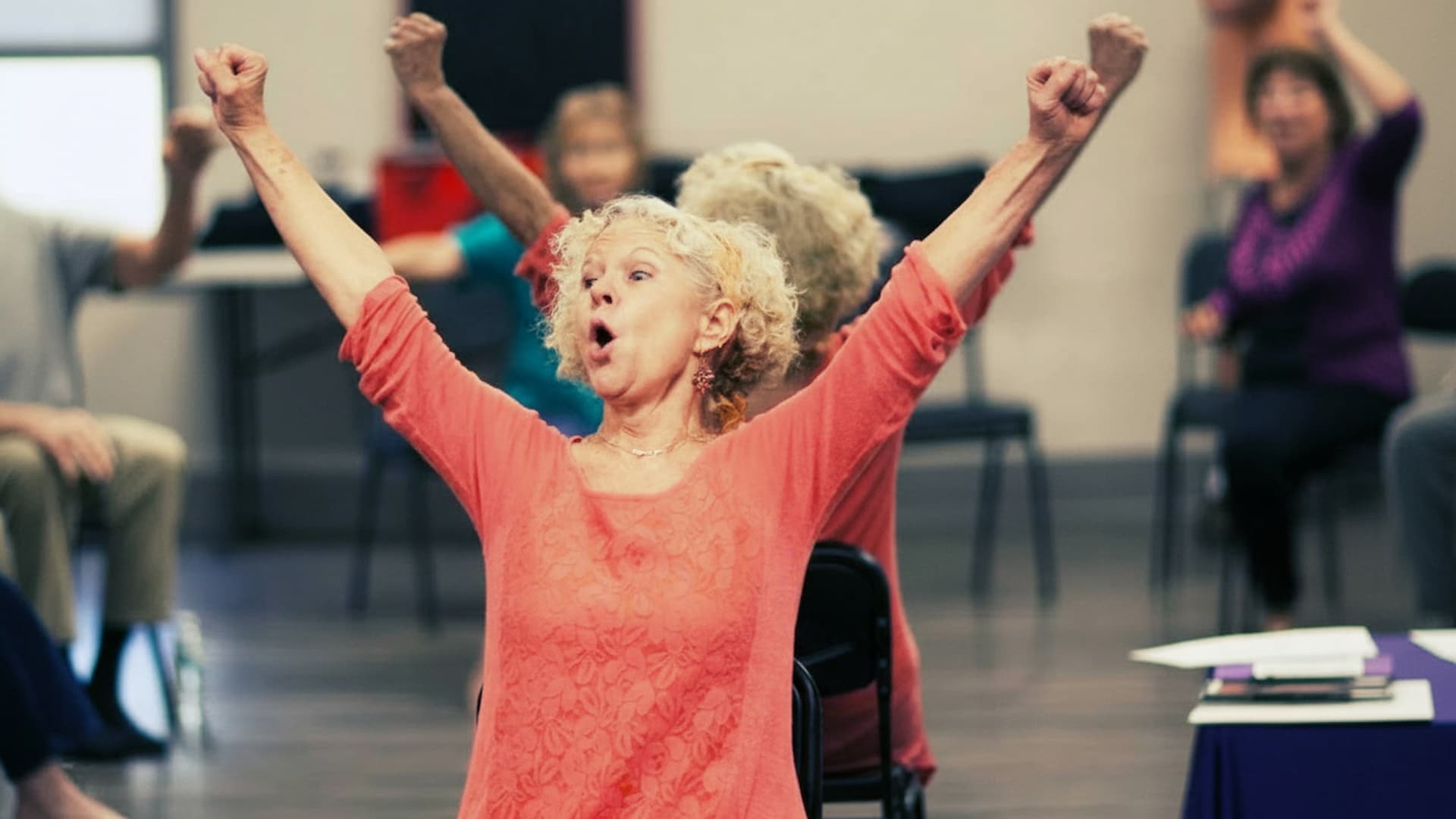There are so many myths out there about whether or not seniors should exercise, but in most cases, there is no reason why seniors shouldn't exercise regularly. With so many misconceptions, it may be hard to know what to believe, but exercise should be an important element in every older adult's daily activities.
The benefits of exercise include greater flexibility and balance, increased strength and muscle tone, increased bone density, improved cognitive function, and a reduced risk of certain medical conditions, such as cardiovascular disease, stroke, obesity, depression, diabetes, and osteoporosis.
The Centers for Disease Control (CDC) guidelines recommend a minimum of 150 minutes of moderate-intensity exercise per week, including aerobic and muscle-strengthening activities. Seniors with chronic health conditions may need to adjust their activity levels but should do as much as they can. If you have limited mobility, there are chair exercises you can try. Make sure to talk with your doctor before you start a new exercise program. Below are five common myths about seniors and exercise.
Myth #1: It's too late for seniors to start exercise programs if they have never exercised.
Seniors who aren't accustomed to being physically active can still benefit from an exercise program. If you don't know where to begin, check with organizations in your community for exercise classes specifically designed for seniors. You could also start by walking for a few minutes a day and gradually increasing your time. After a while, you'll start to have more energy and feel the benefits of exercise.
Myth #2: After a certain age, seniors are too old to exercise.
Getting older doesn't have to mean being out of shape. As time goes by, we will all continue to get older anyway, so why not be active while doing so? You can be out of shape as you get older, or you can be healthy and fit. Age should not diminish your capacity to work out.
Myth #3: Walking is all the exercise seniors need.
Walking is the most basic form of exercise for most people, and walking every day can be a fun way to get your aerobic activity in, but you shouldn't stop there. Weight-bearing and strength training exercises are equally as important since they can help improve your stamina, balance, and muscle tone in a way that walking can't do on its own. If you're looking for ideas, try using your body weight to do planks, pushups, or squats. When you're ready, add dumbbells or resistance bands to your routine. Yoga is also an excellent exercise for building strength and muscle tone.
Myth #4: It's unsafe for seniors with limited mobility to exercise.
Having limited mobility doesn't have to mean that you can't stay fit and active. Depending on what your mobility issues are, there may be some great options for you to exercise. There are even some effective chair exercises for seniors who have difficulty walking.
Myth #5: I don't have a gym membership, so I can't exercise.
A gym membership usually offers nice amenities, such as a sauna, pool, high-tech workout equipment, and personal trainers. And while all of those things are great, you don't need them to get your workouts in every day. You can exercise at home with a sturdy pair of sneakers, some dumbbells or exercise bands, and a couple of DVDs or YouTube videos.
Regular exercise should be a part of every senior's daily routine. If you're not sure where to begin, start with walking and add other types of exercise over time. As always, talk with your doctor before you start any new exercise program.





